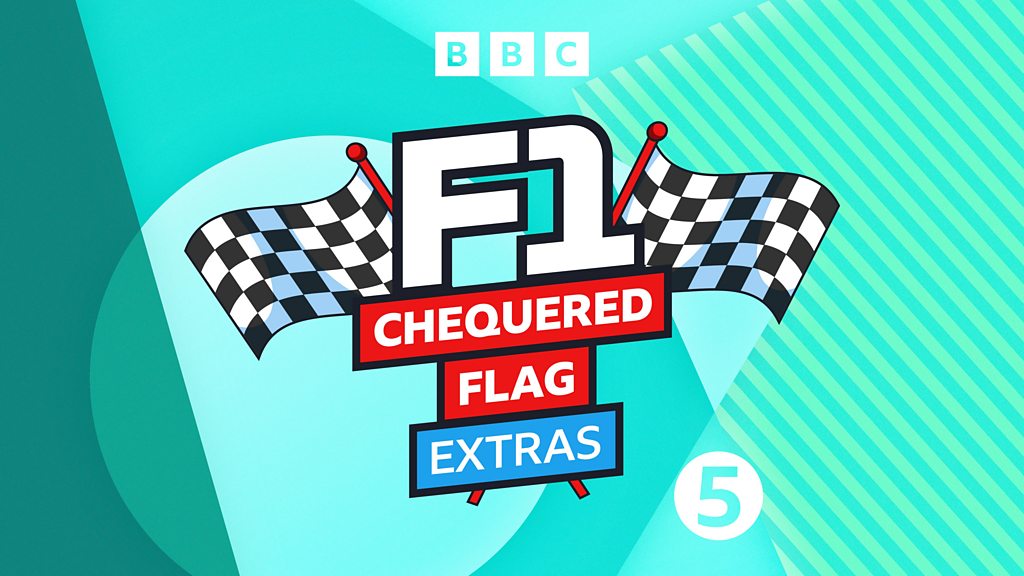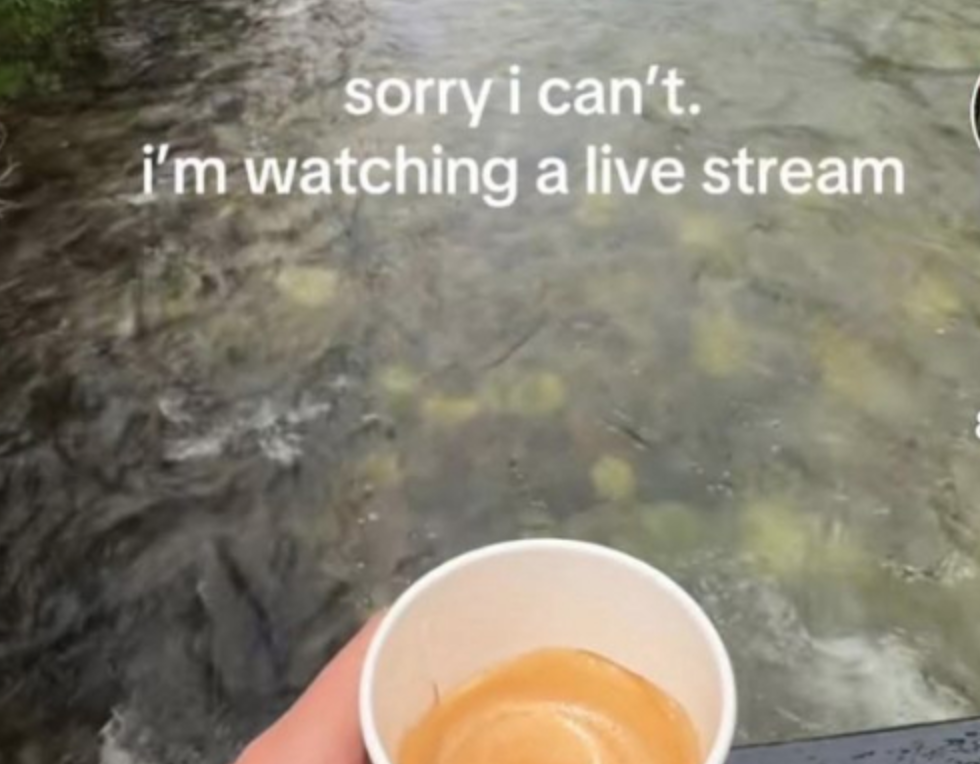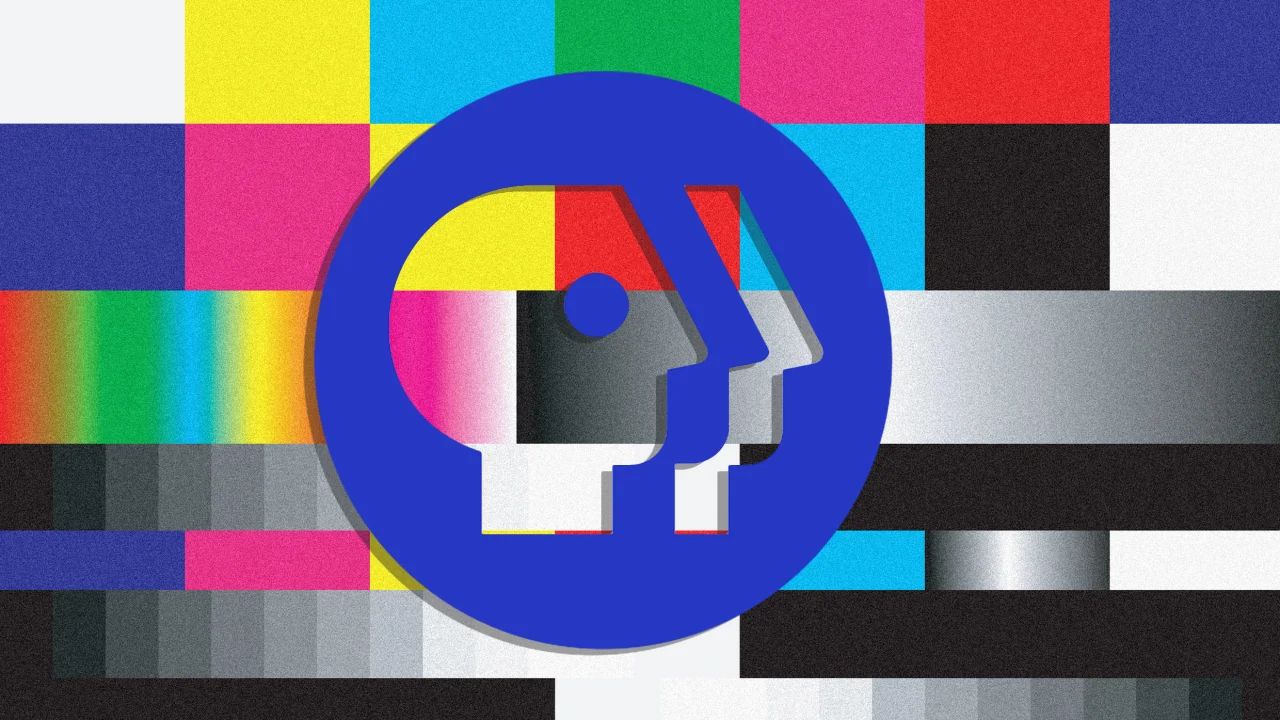Understanding What Royalty Free Means for Creative Projects
Key Takeaways

- Definition of Royalty Free: Royalty-free licensing allows users to pay a one-time fee for digital content without ongoing royalty payments, making it accessible for various projects.
- Cost-Effectiveness: Investing in royalty-free content helps businesses optimize their budgets by eliminating recurring costs associated with asset usage.
- Flexibility in Usage: Users can apply the same royalty-free assets across multiple projects, enhancing workflow and simplifying project management for small businesses.
- Common Misconceptions: It’s crucial to understand that royalty-free licenses have specific limitations regarding usage, and purchasing a license does not transfer ownership of the content.
- Finding Resources: Access reliable platforms such as Shutterstock and AudioJungle for high-quality royalty-free images, music, and videos that fit your marketing needs.
- Licensing Awareness: Always read the licensing terms carefully to ensure compliance with usage rights and avoid potential legal issues related to copyright.
When you hear the term “royalty free,” it might sound like a license to use creative work without the usual strings attached. But what does it really mean for you as a content creator or business owner? Understanding this concept can open up a world of possibilities, allowing you to access a treasure trove of images, music, and videos without worrying about ongoing fees or complicated legalities.
In today’s digital landscape, where content is king, knowing how to navigate royalty-free resources can save you time and money. Whether you’re crafting a blog post, producing a video, or designing a website, royalty-free options provide flexibility and affordability. Let’s dive deeper into what royalty-free truly entails and how it can benefit your projects.
Understanding Royalty Free
Royalty-free refers to a licensing arrangement that allows users to pay a one-time fee to use digital assets like images, music, or videos without incurring ongoing royalties. This concept greatly benefits small business owners by providing access to high-quality resources crucial for digital marketing and website development.
Definition of Royalty Free
Royalty-free materials grant you the rights to use specific digital content without paying recurring fees. Once you purchase a royalty-free license, you can integrate the assets into multiple projects, such as e-commerce platforms, marketing campaigns, or even video conferencing tools. This flexibility reduces costs associated with content creation and facilitates efficient use of your budget.
How Royalty Free Works
Royalty-free licensing simplifies your workflow. You pay for the license upfront, and you’re free to use the asset as often as you like without additional fees. For instance, if you find a royalty-free image for your blog or social media posts, you can use it across various marketing materials without worrying about legal restrictions. Many platforms provide royalty-free resources under specific terms, ensuring you comply with usage guidelines while benefiting from seamless access to high-quality digital tools. These resources can enhance your business’s online presence, aiding in digital transformation and overall tech strategy.
Benefits of Using Royalty Free Content
Royalty-free content offers significant advantages for small businesses navigating the digital landscape. Leveraging these assets can enhance your marketing efforts while keeping costs manageable.
Cost-Effectiveness
Royalty-free content provides a clear cost benefit. You pay a one-time fee for a license, eliminating ongoing royalty payments for repetitive use. This approach helps you optimize your budget, especially when using digital tools like website development, social media tools, and e-commerce platforms. By investing in royalty-free assets, you prevent inflated expenses while accessing high-quality resources critical for digital marketing and content creation.
Flexibility in Usage
Royalty-free content offers unmatched flexibility. You can utilize the same music, images, or videos across multiple projects without incurring additional costs. This versatility is ideal for small business technology needs, as it streamlines your workflow and simplifies project management. It saves time on asset tracking and reduces overhead related to licensing, enabling smoother integration into your digital strategy. Whether for blog posts, videos, or marketing campaigns, royalty-free resources align with your goals for business scalability and branding, ensuring you stay competitive in your industry.
Common Misconceptions About Royalty Free
Understanding royalty-free licensing is crucial for maximizing your content’s potential. Several misconceptions can lead to confusion among small business owners.
License Limitations
Royalty-free licenses include specific usage restrictions. You may face limitations on types of projects allowed or the number of times you can use the content. For instance, using an asset in a commercial ad versus a personal blog might involve different terms. Also, geographical or time restrictions can apply, meaning some licenses only permit use within certain regions or time frames. Before integrating assets into your marketing strategy, review license terms to ensure compliance with all restrictions.
Ownership Rights
Ownership remains with the original creator despite the purchase of a royalty-free license. You gain the right to use the content under certain conditions outlined in the license. Copyright law protects these materials, ensuring the creator retains control over them. This means it’s essential to understand that acquiring a license doesn’t transfer ownership but grants you permissible access. Always keep these rights in mind when planning your digital marketing and website development strategies to avoid potential legal issues.
Finding Royalty Free Resources
Finding royalty-free resources involves exploring platforms that clearly label their content as “royalty-free.” Access to these resources provides small businesses with cost-effective options for high-quality images, music, and videos essential for digital marketing.
Reputable Platforms
Consider these reputable platforms to source royalty-free content:
- Stock photo websites: Shutterstock, Getty Images, and Pikwizard offer extensive image libraries suitable for website development and digital marketing campaigns.
- Music libraries: AudioJungle and Free Music Archive provide tracks designed for video and audio projects, enhancing your content’s appeal.
- Video and media repositories: FILMPAC and Pexels supply royalty-free videos that can elevate your online presence across e-commerce platforms and social media.
These platforms provide clear licensing terms, ensuring your small business utilizes the assets appropriately and effectively.
Tips for Choosing the Right Material
- Read the Fine Print: Various providers define royalty-free differently. Review their licensing terms to understand usage rights and restrictions.
- Understand Copyright: Royalty-free does not equate to copyright-free. Adhere to the terms of the license to avoid potential legal issues, ensuring proper data security.
- Check for Specific Uses: Confirm that the royalty-free license supports your intended use. Some licenses may restrict commercial projects or have different terms for online versus offline applications.
- Ensure Compatibility: Verify that the royalty-free content meets your project requirements. Check format, resolution, and technical specifications to ensure suitability for your tech solutions and digital tools.
Conclusion
Understanding royalty-free content is crucial for anyone looking to enhance their digital projects. By opting for royalty-free resources, you can save money and time while gaining access to high-quality materials that elevate your work.
Remember that while royalty-free licenses offer flexibility and cost-effectiveness, it’s essential to be aware of the specific terms and limitations associated with each license. This knowledge will empower you to make informed decisions and avoid potential legal pitfalls.
With the right approach to sourcing and using royalty-free content, you can significantly streamline your creative processes and strengthen your online presence. Embrace the advantages of royalty-free assets and watch your projects flourish.
Frequently Asked Questions
What does “royalty-free” mean?
Royalty-free refers to a type of licensing arrangement that allows users to pay a one-time fee to access digital content like images, music, and videos. This means you can use the assets without having to pay ongoing royalties, simplifying usage rights and budget management.
What are the benefits of royalty-free content for small businesses?
Royalty-free content helps small businesses save money by eliminating ongoing fees and allows the same assets to be used across multiple projects. This flexibility streamlines workflows, enhances branding, and supports scalable marketing efforts.
Are there limitations with royalty-free licenses?
Yes, royalty-free licenses may have specific restrictions on usage, such as the types of projects allowed or geographical limits. It’s crucial to read the licensing terms to avoid legal issues and ensure compliant usage.
How can I find royalty-free resources?
You can find reputable royalty-free resources on platforms like Shutterstock, Getty Images, AudioJungle, and Pexels. Always review licensing terms and usage rights to ensure the content meets your project requirements.
Do I own the content I purchase with a royalty-free license?
No, purchasing a royalty-free license does not grant ownership of the content. The original creator retains ownership, and you get the right to use the content under specified conditions. Always understand these terms to avoid potential legal complications.
Image Via Envato
This article, "Understanding What Royalty Free Means for Creative Projects" was first published on Small Business Trends
What's Your Reaction?
 Like
0
Like
0
 Dislike
0
Dislike
0
 Love
0
Love
0
 Funny
0
Funny
0
 Angry
0
Angry
0
 Sad
0
Sad
0
 Wow
0
Wow
0




























































































